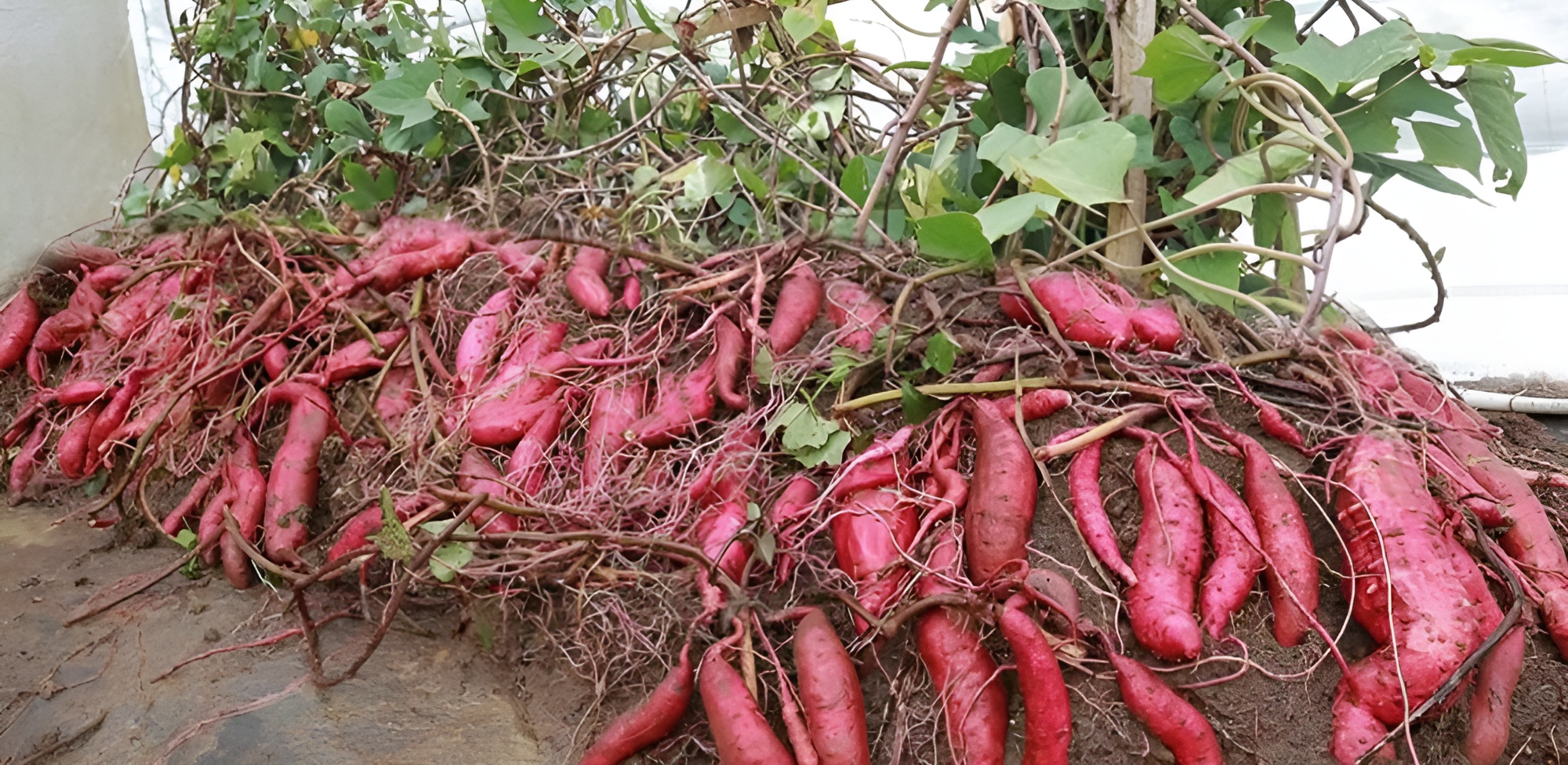
Sweet potatoes are not only delicious, but also highly nutritious, making them a popular choice for gardeners. But getting a bountiful harvest requires more than just planting and waiting. By understanding and avoiding common pitfalls, you can ensure healthy growth and an abundant yield. In this article, we’ll cover five crucial mistakes to avoid when growing sweet potatoes.
- Ignore soil conditions
- Importance of the right soil : Sweet potatoes thrive in well-drained, loamy soils. They struggle in heavy, compacted or waterlogged soils, resulting in poor growth or root rot.
- Solution : Invest time in preparing your soil before planting. If your soil is heavy or clayey, consider raising your beds or incorporating plenty of compost and aged manure to improve drainage and texture. Aim for a slightly acidic to neutral pH (5.5 to 7.0). You can test your soil pH with a home testing kit and adjust accordingly.
- Planting at the wrong time
- Temperature sensitivity : Sweet potatoes are heat-loving plants, so planting them too early in the spring or too late in the fall can expose them to cold temperatures, which can cause stunted growth or plant death.
- Solution : Plant sweet potatoes about a month after the last frost date, when the soil has warmed to at least 60°F (15°C). Use a soil thermometer to check the temperature at a depth of 4 inches (10 cm). You can also use black plastic mulch to warm up the soil a few weeks before planting.
- Overcrowded plants
- Space Requirements : Each sweet potato vine can spread quite a bit and needs adequate space to grow. Overcrowding can lead to competition for nutrients and hamper growth.
- Solution : Space your sweet potato strips (young plants) about 12 to 18 inches apart in rows 3 to 4 feet apart. This spacing allows the vines to spread out and the roots to develop properly.
- Neglect of pest and disease management
- Common Threats : Sweet potatoes can be susceptible to a variety of pests and diseases, such as weevils, nematodes and fungal infections.
- Solution : Start with certified disease-free slips. Keep an eye on your plants for signs of stress. Rotate crops every few years to prevent pest buildup in the soil. Use organic mulch such as straw or hay to keep the soil moist and reduce the risk of weed competition and disease.
- Improper irrigation
- Water Requirements : While sweet potatoes are relatively drought tolerant, uneven watering can result in cracking or poorly developed tubers.
- Solution : Water your sweet potatoes regularly, especially in mid-summer. Try about 1 inch of water per week, either from rainfall or irrigation. Avoid overwatering, as this can lead to root rot and other diseases. Use a soaker hose or drip irrigation to direct water directly to the roots and keep the leaves dry.
Growing sweet potatoes can be extremely rewarding and a valuable addition to your diet and the biodiversity of your garden. Understanding and avoiding these five common planting mistakes can help ensure healthy plants and a bountiful harvest of sweet potatoes. Remember that gardening is a learning experience and each season brings new learnings and rewards. Happy gardening!
Do you like this? Share inspiration with your friends!
